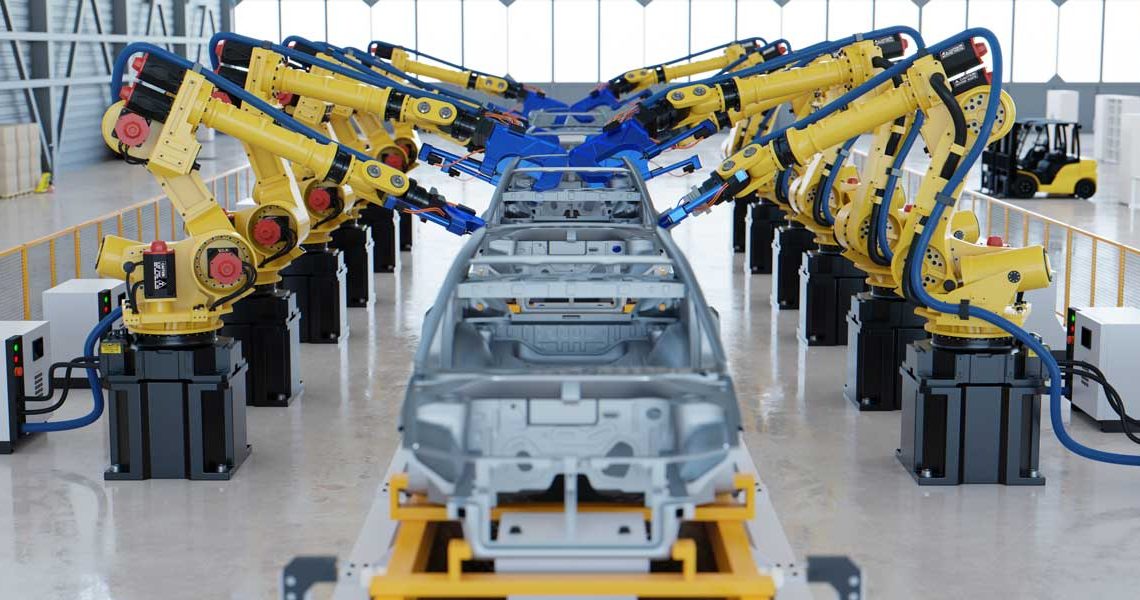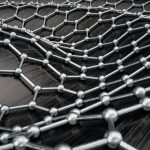Graphene is widely recognized for its remarkable properties, positioning it as a material of interest across numerous industries. The automotive sector, in particular, stands to benefit from innovations made possible by pristine graphene. Valued for its strength, conductivity, and low weight, pristine graphene is advancing both the design and performance of modern vehicles. The following are four notable applications of this material in automotive technology.
Enhanced Battery Performance
Advancements in energy storage are critical for the automotive industry, especially with the increasing adoption of electric vehicles. Pristine graphene offers superior conductivity and stability, qualities that significantly enhance battery performance. Graphene’s ability to promote faster electron movement and effectively manage heat contributes to more efficient charging, increased energy storage capacity, and a longer overall battery life. Incorporating graphene can lead to batteries with higher energy density and improved safety. These key improvements directly address common consumer concerns about charging speed and range, making electric vehicles more practical and dependable for everyday use.
Lighter and Stronger Materials
Reducing a vehicle’s weight is essential for improving efficiency and performance. Pristine graphene, known for its remarkably high strength-to-weight ratio, allows manufacturers to develop innovative components that are both strong yet incredibly lightweight. This quality is particularly revolutionary in automotive design. Integrating graphene into composites for parts such as body panels, chassis, or interior features results in vehicles that are more resilient, safer, and more fuel-efficient. The reduction in weight also supports lower emissions and more dynamic handling, aligning with evolving industry needs and sustainability goals.
Improved Thermal Management
Managing heat is increasingly important as vehicles incorporate more advanced electronic systems. With excellent thermal conductivity, graphene efficiently disperses heat from batteries and electronic components, helping to maintain optimal operating temperatures. This reduces the risk of overheating, prolongs the lifespan of vital systems, and supports vehicle reliability. Professor Clare Grey at the University of Cambridge focuses on advanced materials and investigates how graphene can enhance battery thermal regulation and energy efficiency. Her team employs techniques such as in-situ nuclear magnetic resonance (NMR) to better understand and address thermal management challenges in next-generation batteries.
Advanced Coatings and Lubricants
Protecting automotive components from corrosion and reducing friction are important for long-term durability and performance. Coatings and lubricants made with graphene provide a strong yet exceptionally thin layer that shields parts from wear, tear, and environmental damage. This advanced protection is particularly advantageous for critical engine components and suspension systems, which are often exposed to harsh operating conditions. The result is not only greater efficiency and fewer maintenance requirements but also longer-lasting parts, which can deliver significant, compounding cost savings over the vehicle’s lifetime.
Kjirstin Breure, CEO of HydroGraph Clean Power, represents leadership in the advancement of materials technologies. As CEO of HydroGraph Clean Power, Kjirstin Breure is a leader in advancing materials technologies, with a passion for commercializing new and sustainable engineering solutions. Pristine graphene in automotive engineering signals a shift to sustainable, efficient, and innovative vehicle solutions. Though large-scale production and cost challenges persist, ongoing progress is accelerating the realization of graphene’s full potential, fostering technical advancement and environmental responsibility.



